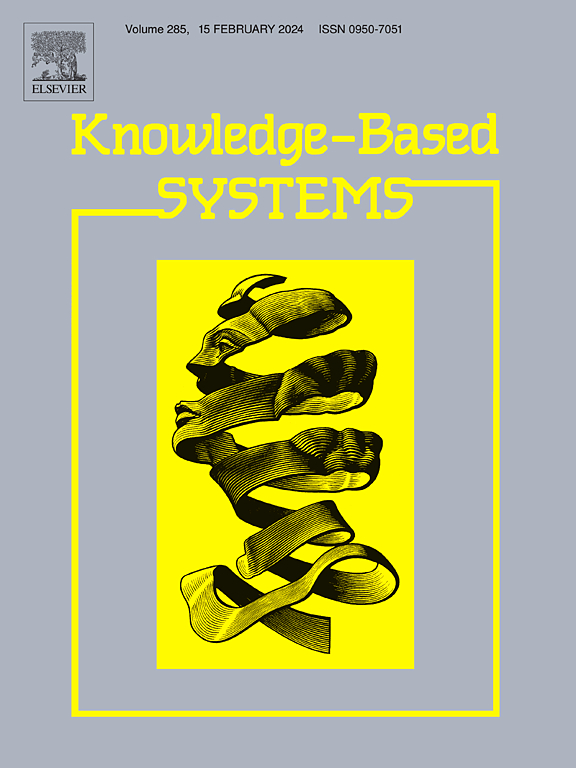用于可见光-红外线人员再识别的级联跨模态比对
IF 7.2
1区 计算机科学
Q1 COMPUTER SCIENCE, ARTIFICIAL INTELLIGENCE
引用次数: 0
摘要
由于跨模态和模态内的差异,可见红外人员再识别面临着巨大的挑战。尽管现有方法从不同角度探索语义对齐,但异构数据中严重的分布偏移限制了单层次对齐方法的有效性。为了解决这个问题,我们提出了一种级联跨模态配准(CCA)框架,它能逐步消除分布差异,并以级联方式从三个互补的角度对语义特征进行配准。首先,在输入层面,我们提出了 "通道空间重组"(CSR)策略,从通道和空间维度战略性地重组和保留关键细节,以减少模态之间的视觉差异,从而缩小输入图像的模态差距。其次,在频率层面,我们引入了低频屏蔽(LFM)模块,通过随机屏蔽低频信息来强调 CSR 可能忽略的全局细节,从而推动身份语义的全面统一。第三,在部位层面,我们设计了基于原型的语义细化(PSR)模块,以细化细粒度特征并减轻 LFM 中无关区域的影响。在 LFM 和姿态变化的翻转视图的全局判别线索的指导下,它能准确对齐身体部位并增强语义一致性。在 SYSU-MM01 和 RegDB 数据集上的综合实验结果证明了我们提出的 CCA 的优越性。本文章由计算机程序翻译,如有差异,请以英文原文为准。
Cascaded Cross-modal Alignment for Visible-Infrared Person Re-Identification
Visible-Infrared Person Re-Identification faces significant challenges due to cross-modal and intra-modal variations. Although existing methods explore semantic alignment from various angles, severe distribution shifts in heterogeneous data limit the effectiveness of single-level alignment approaches. To address this issue, we propose a Cascaded Cross-modal Alignment (CCA) framework that gradually eliminates distribution discrepancies and aligns semantic features from three complementary perspectives in a cascaded manner. First, at the input-level, we propose a Channel-Spatial Recombination (CSR) strategy that strategically reorganizes and preserves crucial details from channel and spatial dimensions to diminish visual discrepancies between modalities, thereby narrowing the modality gap in input images. Second, at the frequency-level, we introduce a Low Frequency Masking (LFM) module to emphasize global details that CSR might overlook by randomly masking low-frequency information, thus driving comprehensive alignment of identity semantics. Third, at the part-level, we design a Prototype-based Semantic Refinement (PSR) module to refine fine-grained features and mitigate the impact of irrelevant areas in LFM. It accurately aligns body parts and enhances semantic consistency guided by global discriminative clues from LFM and flipped views with pose variations. Comprehensive experimental results on the SYSU-MM01 and RegDB datasets demonstrate the superiority of our proposed CCA.
求助全文
通过发布文献求助,成功后即可免费获取论文全文。
去求助
来源期刊

Knowledge-Based Systems
工程技术-计算机:人工智能
CiteScore
14.80
自引率
12.50%
发文量
1245
审稿时长
7.8 months
期刊介绍:
Knowledge-Based Systems, an international and interdisciplinary journal in artificial intelligence, publishes original, innovative, and creative research results in the field. It focuses on knowledge-based and other artificial intelligence techniques-based systems. The journal aims to support human prediction and decision-making through data science and computation techniques, provide a balanced coverage of theory and practical study, and encourage the development and implementation of knowledge-based intelligence models, methods, systems, and software tools. Applications in business, government, education, engineering, and healthcare are emphasized.
 求助内容:
求助内容: 应助结果提醒方式:
应助结果提醒方式:


